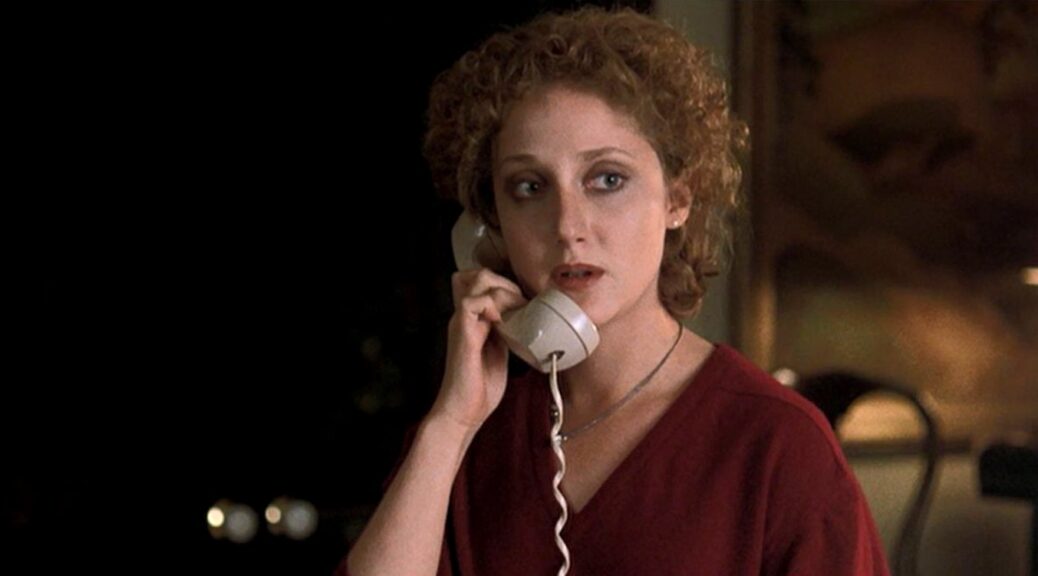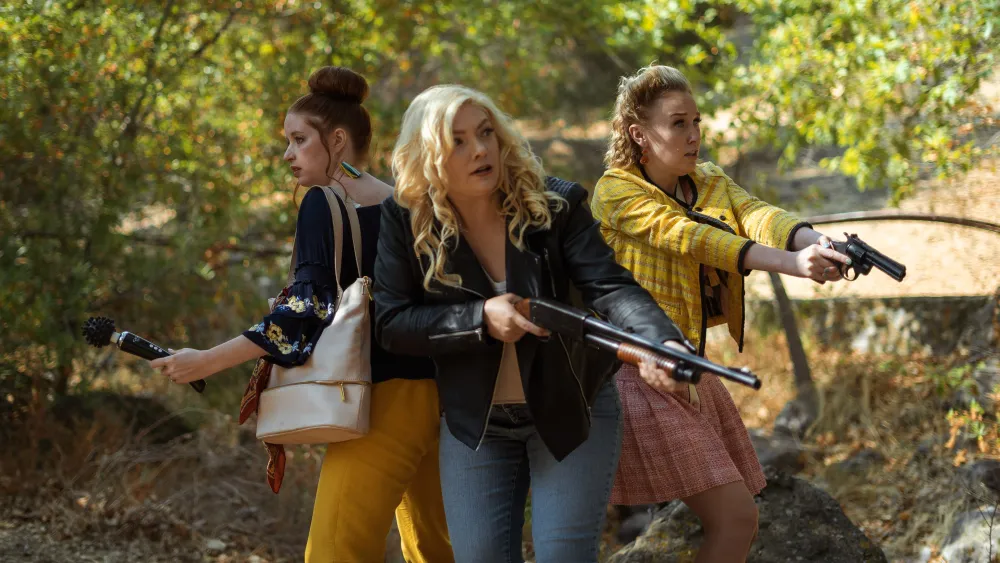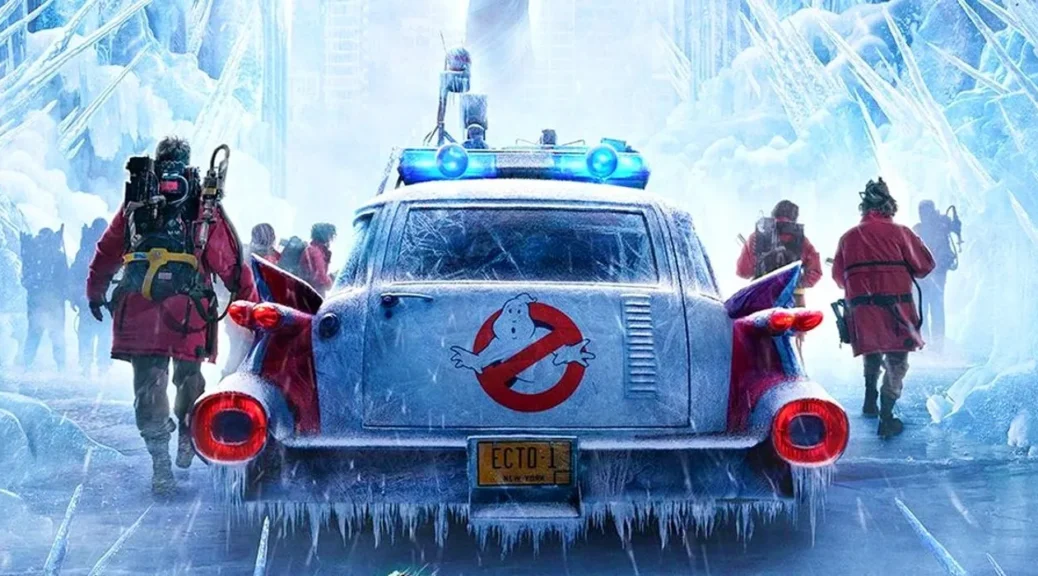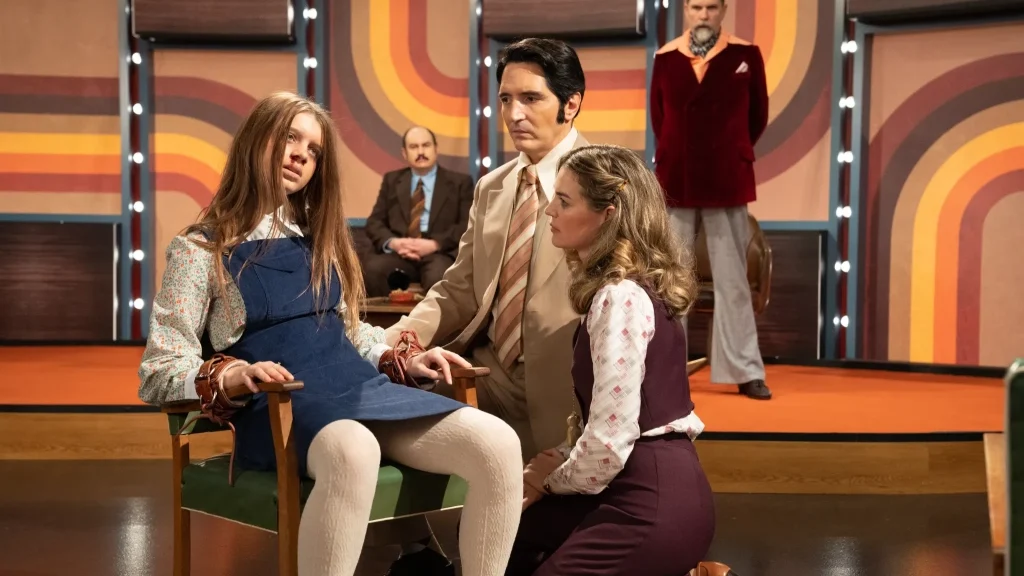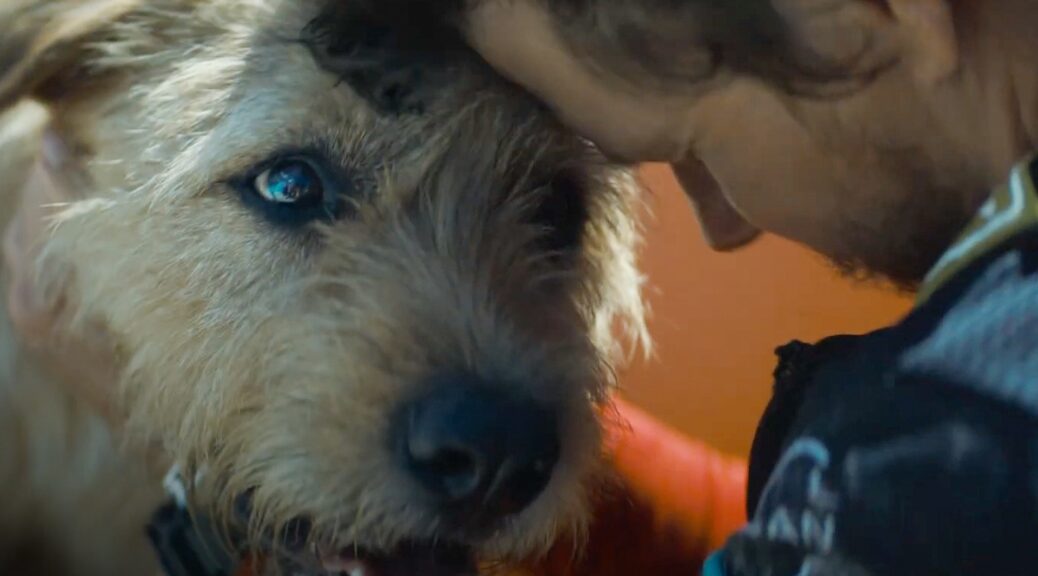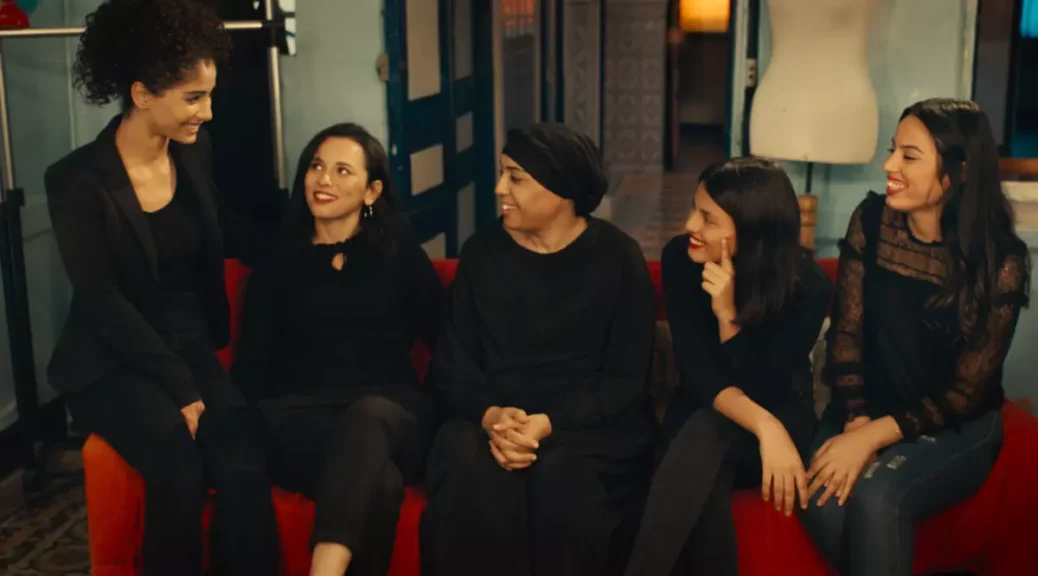We welcome our Fave Five From Fans podcast buddy Jamie Ray back to the Club to talk about horror movies that make the best use of phones. This was Jamie’s topic suggestion and he brings five titles of his own, so please be sure to listen to the full podcast!
In the meantime, here are our five favorites.
5. The Black Phone (2021)
Ethan Hawke plays the Grabber in Scott Derrikson’s take on the Joe Hill short story. With his top hat, black balloons and big black van, Grabber’s managed to lure and snatch a number of young boys from a small Colorado town. Finney (Mason Thames) is his latest victim, and for most of the film, Finney waits for his punishment down a locked cement basement with a cot and an unplugged black rotary dial phone.
Time period detail sets a spooky mood and Derrickson has fun with soundtrack choices. But the film’s success—its creepy, affecting success—is Hawke. The actor weaves in and out of different postures, tones of voice, movements. He’s about eight different kinds of creepy, every one of them aided immeasurably by its variation on that mask.
Derrickson hasn’t reinvented the genre. But, with solid source material and one inspired performance, he’s crafted a gem of a horror movie.
4. Black Christmas (1974)
Sure, it’s another case of mysterious phone calls leading to grisly murders; sure it’s another one-by-one pick off of sorority stereotypes; sure, there’s a damaged child backstory; naturally John Saxon co-stars. Wait, what was different? Oh yeah, it did it first.
Released in 1974, the film predates most slashers by at least a half dozen years. It created the architecture. More importantly, the phone calls are actually quite unsettling. Director Bob Clark was onto something with the phone calls, as evidenced by the number of films that ripped off this original convention.
3. When a Stranger Calls (1979)
With a very simple premise, director/co-writer Fred Walton delivered genuine shocks and dread.
Carol Kane is Jill, garden variety high school babysitter type. The kids are already in bed, Jill just needs to be there in the house until Dr. and Mrs. Mandrakis get back. She does homework, talks on the phone, watches TV. What she does not do—however often the rando phone caller asks—is check the children.
The first and third acts are the killers, while Act 2 is a lot of police procedural thriller, but there’s a reason people still bristle when they hear, “Have you checked the children?”
2. Scream (1996)
Wes Craven’s return to horror—aided immeasurably by a sly and daring script from Kevin Williamson—revived the genre. And you knew it would be an incredible movie from the opening moments.
Drew Barrymore—easily the most recognizable name in the cast (also a producer)—answers the phone. She’s home alone, making popcorn, readying to watch a horror film. She gets roped into a flirty anonymous game of “what’s your favorite scary movie?”
The voice (Roger Jackson) became iconic, as did his line.
1.The Ring (2002)
“Seven days…”
Gore Verbinski’s take on Chisui Takigawa’s 1995 film embraces the already-retro tech—VHS tapes and landlines—to ground a supernatural tale of curses, horses and bad parenting.
Nowadays when you see “PG13” attached to horror, you may roll your eyes. But The Ring brings plenty of terror and tension, and it all starts when that phone rings.
